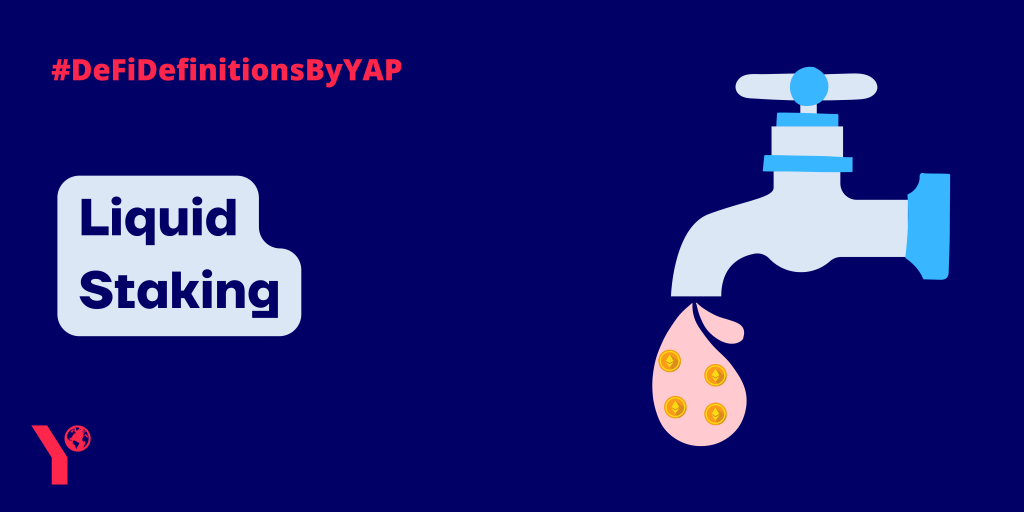As the Merge slowly yet steadily approaches its estimated launch date, there is palpable excitement amongst the Ethereum community at the prospect of liquid staking. Ethereum’s transition to a Proof-of-Stake network will enable users to validate transactions by staking a minimum of 32ETH, with which they can earn yield and additional rewards. The problem is that staking is an expensive process and requires technical know-how. Most users do not hold 32ETH in their wallets. And for those who do, many do not have the commitment to embark on such a technical endeavour.
Liquid staking is a solution that democratises blockchain participation by allowing users to stake their ETH without having to match the required threshold. Through the use of smart contracts, users can place any amount of ETH into a shared liquidity pool which will amass to 32ETH, rather than the traditional staking process of providing a singular allotment. A node operator is then assigned to the liquidity pool and given the responsibility of validating transactions, with the rewards being shared out to every contributor.
As evidenced by the name, liquid staking is also advantageous as it provides users with the autonomy to stake and retract their ETH as and when they please. Liquid staking is a quintessentially DeFi concept which promises to change the way that users contribute to Proof-of-Stake blockchains.
